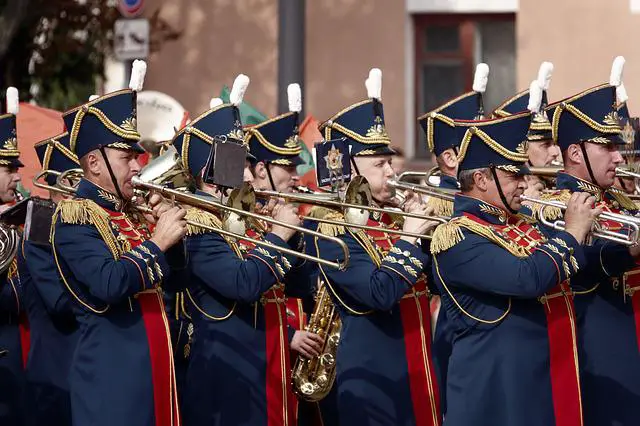Are trombones part of marching bands
Absolutely yes! Trombones play a sensitive part in marching bands. In fact, they make the backbone of many marching bands out there from school setup to internationally recognized ones.
Trombonists are highly sought after when you’re looking for more hands to handle more equipment for a marching band. They add more flare and unique sound to it. They assist to play the main melodies in marching bands. The trombone is unique in its own way and is used in so many styles of music. Marching bands are no exception.
However, these days, you notice that most trombones are missing marching bands. They’re at most, rarely used and when they are used, just a handful of trombonists are seen and this may get them just uncomfortable.
In ancient times, trombones bring the flare of marching bands. There was rarely any marching band that didn’t have trombonists. They were highly distinguished not just for their position of playing, but the euphonious sounds they created.
Marching bands are a form of entertainment and bring an immeasurable amount of joy to those participating and the spectators. It’s a good exercise for all involved in it. Personally and in a more general form, marching bands need as much sound as they could get to make their overall performance glamorous. It’ll be lacking in sound if the trombone were missing
What other instruments are in marching bands?
Marching bands have a duty to produce sounds that independently could not be created by any single instrument. Just like an orchestra, marching bands create harmonies from all possible instruments they could get a hold of. That’s why they can consist of about 300 musicians. The beauty of marching bands is not limited to sounds but in arts. Yes! The arts.
They create fine arts by their formations and tactics. They’re able to draw, write or convey words and meanings to you. It’s indeed a memorable experience.
In the next few paragraphs, I’ll review individually what instruments you can find in marching bands so that if you’re a school teacher or the leader of any marching band, you’ll know just the right instrument to use.
● Trumpets
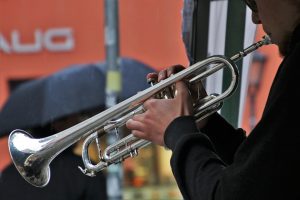
Inasmuch as every instrument is important in marching bands, this holds a key position; a sensitive one. Any marching band without the trumpet will be truly lacking in sound and in the richness, buoyancy and fullness that it brings when blown. Trumpeters are the ones who play
the melodies but sometimes you could see them play the harmonies as well. Regardless of which role they take, the trumpet is too important to be missing.
● The French Horn
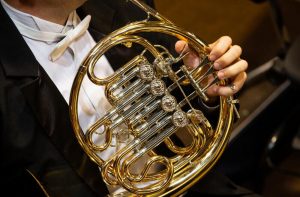
This magnificent instrument is one of those essential instruments you could find in a marching band. The French horn produces a much deeper and intense sound. No wonder its bell is lying forward and not sideways like most others. It provides a good foundation for other instruments.
● Cornet
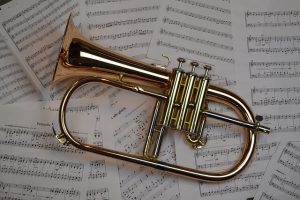
This sounds almost the same as the trumpet but has a much mellower tone. It’s distinguished by its richer and darker tone with quite a smaller size.
● Sousaphone Tuba
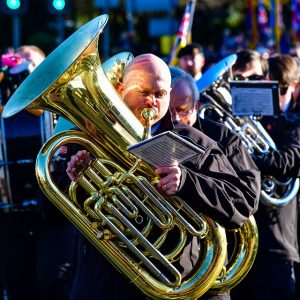
This remarkably large instrument produces a tremendous sound when played. It produces the deepest and most intense music in a marching band. When you think the trumpet is large, wait until you see the Sousaphone Tuba. With Its intimidating size, they’re made to coil around musicians so they can be carried easily.
● Snare drum
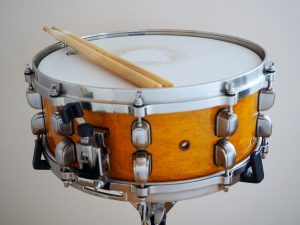
Snare drum is the heart of the drumline and the most common instrument you’ll find in a marching band. It’s eye-catching and snare drummers are the ones who steal all the attention during a performance. Another fascinating aspect of the snare drum is the metal wires adjacent to the drumhead. This creates a distinctive rattling sound.
● Tenor drums

Tenor drums accompany snare drums and produce a perfect resonant sound. Tenor drums are remarkably different from snare drums because they lack metal wires and are much lighter. As you must have assumed, that’s enough to make all the difference in sound.
Not only do they not make rattling sounds, they resonate with so much ease. This mustn’t be missing in any band. To be easily recognized, they come in sets normally in fours and light so they don’t weigh players down.
● Bass drums
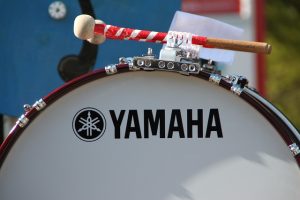
Bass drums are often larger than normal drums and supported with the shoulder by shoulder straps. They produce a rich and deep sound. Bass drums can also be tuned to a particular note.
● Bells or Glockenspiel
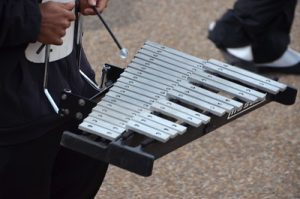
This is a high-pitched instrument with the layout like the keyboard. It is laced with aluminum or steel and produces sound when you hit it. From its mode of sound production, it’s a metallophone and very similar to the vibraphone.
● Wood blocks
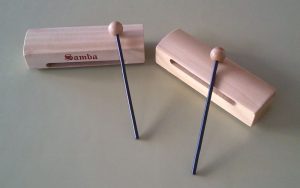
Wood blocks are small drums made from woods. They produce a striking sound when hit. Its origin comes from ancient Chinese history. It has become an essential part of western orchestra.
● Cymbals
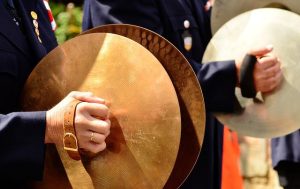
Cymbals are circular metallic plates that are hit together to produce an exceptionally
high-pitched sound. Although it’s common to see cymbals mounted on drums, this is not the case for marching bands. In marching bands, they’re handled by a musician separately by striking them together. Cymbals brings all the excitement you need.
● Flute
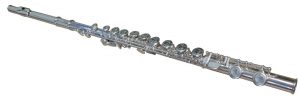
The flute a high pitched woodwind instrument that is requisite in every marching band. Its beautiful melody is engrossing. This reedless instrument is used when the musicians want to catch your attention to a sound so good that you won’t forget it in a hurry.
● Piccolo
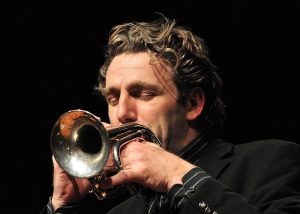
This high-pitched relatively smaller instrument is a must in marching bands. They are sometimes used for solo plays and they add vibrations to music.
● Saxophone

The saxophone adds jazz vibe to the sound. It’s a key instrument as in marching bands. It comes in different varieties; tenor saxophone, bass saxophone, alto saxophone, baritone saxophone and they’re all equally used.
The only slight difference is that whilst some produce very deep sounds, others on the other hand produce high pitched sound. They produce that melodious sound that make you want to dance along.


